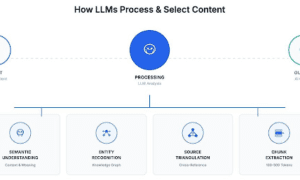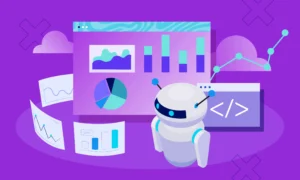We need personnel with a combination of hard and soft skills to enable businesses to innovate in the fourth industrial revolution. In fact, one of the most serious emerging dangers to corporations is a skills shortage.
A diverse workforce is one way to overcome skills shortages and increase your talent pool. Companies that are more diverse and inclusive create more value and perform better in four crucial areas by using DEI software:
- Attracting, developing, and retaining talent. Diverse firms have broader talent pools to compete successfully in this changing climate.
- Generating faster, higher-quality decisions. By having diverse perspectives, better decisions can be made which leads to better business outcomes.
- Improving creativity. They may deliver greater customer insight into a wide range of client markets, enabling them to better serve the community and provide value.
- Increasing employee engagement. Diverse teams lead to better rates of employee satisfaction, cooperation, and loyalty. This also makes your workplace more enticing to top performers.
Here are some strategies to help you make your workplace more inclusive:
Involve Everyone
Involve and get opinions from people from varied backgrounds. Create products and services that cater to a diverse variety of human experiences, and seek feedback from a diverse group of people. Others could as well.
Perhaps you want to improve your consumer interactions. Teams with a diverse set of cognitive talents solve problems faster. So, no matter what job you’re working on, having a diverse collection of viewpoints may help you generate a better, more variegated result at a faster speed.
You will be able to appeal to a larger group of customers if you develop your product or service using a diverse assortment of feedback. Not only would this increase profitability, but it will also promote innovation. Your employees will feel empowered and enthused about coming to work in a nice, encouraging environment. Use employee resource groups and include them from the start when beginning a new project.
Actively Listen
Listening is an active process in which you actively engage to ensure that you understand what the speaker is saying. It’s also critical to respond appropriately to their statements.
Maintain your neutrality while listening. Remember that pauses are a natural part of speech; thus, hold any questions, explanations, or comments until after the speaker has finished speaking. Use both verbal and nonverbal cues to show that you’re paying attention.
Don’t forget to take advantage of technology. Skype and PowerPoint now support live captions and subtitles. This will make it easier for those who are deaf, work in a noisy setting, or speak a foreign language to listen and be understood.
Active listening is a skill that may be developed through time. Remember to pay attention, demonstrate that you’re paying attention, make verbal and nonverbal remarks, remain objective, and respond appropriately.
Ask Lots of Questions
You must ask questions to learn. That is how detectives solve crimes and inventors generate fresh ideas. It also makes room for discussion and inventiveness. Don’t ask questions to which you already know the answer.
To broaden your thinking and improve your understanding, ask questions. This will help you gather knowledge and learn from new experiences. Begin with open-ended questions to get a better understanding before on to more in-depth questions.
Practice Introspection
Turning inward is the best way to deal with someone who makes you react emotionally. Recognize and treat these personal hot button issues. After all, they didn’t create those triggers.
This may assist you in understanding why you have this response and predicting, reducing, or changing it. While we may not always get along, it doesn’t mean we can’t collaborate well in a professional, supportive environment.
Work to Clear Up Misunderstandings
Everyone has a distinct point of view. There is seldom a proper or wrong response; rather, different life experiences lead to different points of view. Active listening reduces misconceptions in the workplace.
It will also make handling issues in a mature, conversational way easier. Consider the issue from the standpoint of the other person — or an outsider. Respond professionally, aiming to resolve the issue as soon as possible and then moving on after it has been resolved.





























